
Susan Sabo-Wagner, MSN, RN, OCN, executive director of clinical strategy for Oncology Consultants of Houston, Texas, spoke about the effects of isolation on patients with cancer who need help at home but have no one to provide it.

Susan Sabo-Wagner, MSN, RN, OCN, executive director of clinical strategy for Oncology Consultants of Houston, Texas, spoke about the effects of isolation on patients with cancer who need help at home but have no one to provide it.
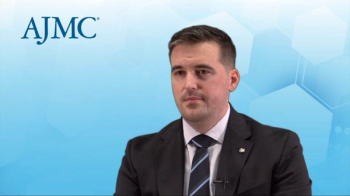
Patrick Reville, MD, MPH, instructor, Department of Leukemia, MD Anderson Cancer Center, explains the implications of the longer-term follow-up of venetoclax in combination with the chemotherapy regimen cladribine, high-dose cytarabine, idarubicin (CLIA) and how age is a factor when considering chemotherapy options.
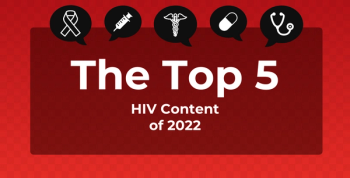
This year’s most-viewed HIV content focused on disparities in HIV care, an emerging nonepidemic Kaposi sarcoma subtype, and the need for more research on hepatitis B endurance.
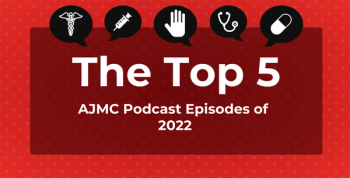
The top 5 most listened to podcast episodes on AJMC.com in 2022 provided expert commentary on diabetes, lung disease, health policy, Parkinson disease, and more.
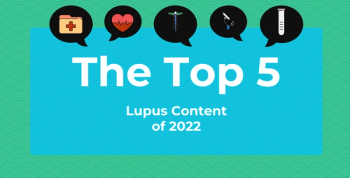
The top 5 most-read articles on lupus of 2022 included the role of B cells in systemic lupus erythematosus (SLE), the diagnostic journey of women with SLE, future therapies for cutaneous lupus erythematosus (CLE), and more.

Susan Sabo-Wagner, MSN, RN, OCN, executive director of clinical strategy for Oncology Consultants of Houston, Texas, discussed how housing conditions can impede positive outcomes for patients with cancer who are receiving cancer care support at home.

The most-viewed at-home assessment content of the year focused on addressing social determinants of health, identifying unmet needs in Medicare, and future developments in home health.
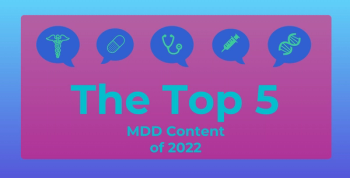
The top 5 most-read articles on major depressive disorder (MDD) in 2022 discussed US treatment updates, drug assistance in talk therapy, further exploration of transcranial magnetic stimulation’s capabilities, and screening improvements and outcomes.

Patrick Reville, MD, MPH, instructor, Department of Leukemia, MD Anderson Cancer Center, elaborates on how certain patients responded to the updated treatment regimen.
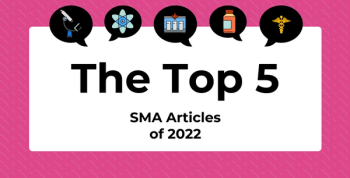
The most-read spinal muscular atrophy (SMA) articles of the year touched on novel SMN1 gene detection, treatment advances, and the diagnostic difficulty encountered by some adult patients with SMA.

Biosimilars are a wonderful option for patients, but the growing number available can be challenging to manage when different payers prefer different agents, said Susan Sabo-Wagner, MSN, RN, OCN, executive director of clinical strategy for Oncology Consultants of Houston, Texas.
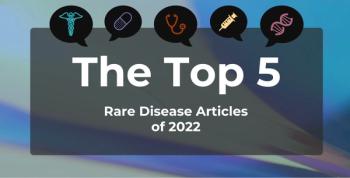
The most-read rare disease articles of the year included the topics of new pediatric central nervous system tumor guidelines, graft versus host disease, the contribution of gene variants to pediatric neuropsychiatric conditions, and hope for patients with blast-phase chronic myeloid leukemia.
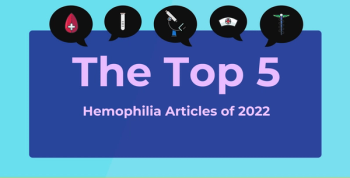
The most-read hemophilia articles of the year highlighted new drug developments for hemophilia, the impact of carrier status, and opportunities for better patient education.

The most-read multiple myeloma (MM) articles of the year included the topics of novel treatments, the role of gene expression influence on MM, and more.

The most-viewed eosinophilic esophagitis (EoE) content of the year covered new developments in treatment options for EoE, the prevalence of EoE in the allergic disease population, and the impact of EoE on a child’s well-being.

Susan Sabo-Wagner, MSN, RN, OCN, executive director of clinical strategy for Oncology Consultants of Houston, Texas, talked about the importance of having adequate support not only from clinical staff, but also emotional and moral support at home.

Diagnoses of psoriatic arthritis, rheumatoid arthritis, axial spondyloarthritis, or undifferentiated inflammatory arthritis saw a dramatic decline during the early stages of the COVID-19 pandemic.

New study findings call into question the necessity of spirometry as a criterion for participation in palliative care research among patients with chronic obstructive pulmonary disease (COPD).

Kyle Lamb, MD, associate medical director of population health at Vancouver Clinic, discusses how super-utilization trends have changed since the start of COVID-19, the necessity of transitional care in implementing value-based medicine, and how technology can decrease super-utilization.

Having lower levels of a personality traits know as personal reserve was linked with an increased probability of sustained remission (SR) in patients with major depressive disorder.

Patrick Reville, MD, MPH, instructor, Department of Leukemia, MD Anderson Cancer Center, discusses findings on an updated treatment regimen for newly-diagnosed acute myeloid leukemia and high-risk myelodysplastic syndrome.

Abstracts from the American Epilepsy Society annual meeting show that telemedicine is capable of meeting the needs of patients with epilepsy, and that the patient portal accessibility for patients experiencing high social vulnerability index needs further research.

The field of hemophilia therapy is advancing, with hemostatic rebalancing agents and gene therapy expected over the next year, said Steven W. Pipe, MD, a professor of pediatrics and pathology at the University of Michigan, Ann Arbor and medical director of the Pediatric Hemophilia and Coagulation Disorders Program and medical director of the Special Coagulation Laboratory.

Abstracts from the American Epilepsy Society (AES) display potential benefits of cannabidiol (CBD) on pediatric patients with epilepsy in tertiary care centers and highlight areas where further research is needed.

Safety and efficacy were the most important factors for patients with hemophilia learning about gene therapies, although more research is needed to see how collaboration between providers and patients contributes to the best outcomes.

Neil Iyengar, MD, from Memorial Sloan Kettering Cancer Center, is expecting updates on therapies to fight human epidermal growth factor 2 (HER2)–positive breast cancer and novel antibody drug conjugates at the upcoming San Antonio Breast Cancer Symposium (SABCS).

About 1 in 5000 males are born with hemophilia, according to Steven W. Pipe, MD, a professor of pediatrics and pathology at the University of Michigan, Ann Arbor and medical director of the Pediatric Hemophilia and Coagulation Disorders Program.

Researchers found that different factors can negatively impact the Dermatology Life Quality Index scores for adults and adolescents with acne.

Communities that are experiencing the most social vulnerability may need stronger preventative measures against HIV and increased levels of HIV care.

A survey conducted by the Health Care Payment Learning and Action Network found that “more plans are using incentives in value-based care arrangements to improve health equity.”

259 Prospect Plains Rd, Bldg H
Cranbury, NJ 08512
© 2025 MJH Life Sciences®
All rights reserved.
